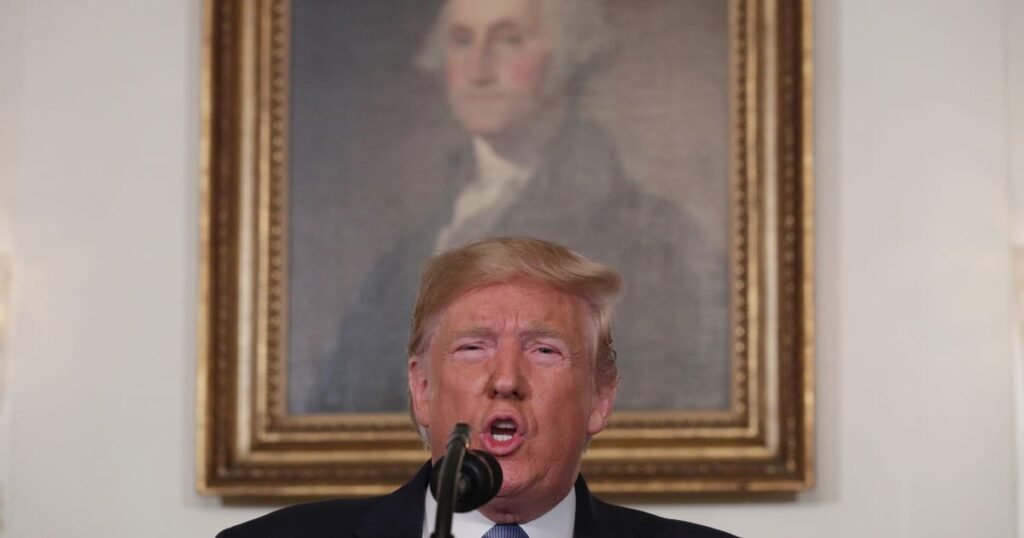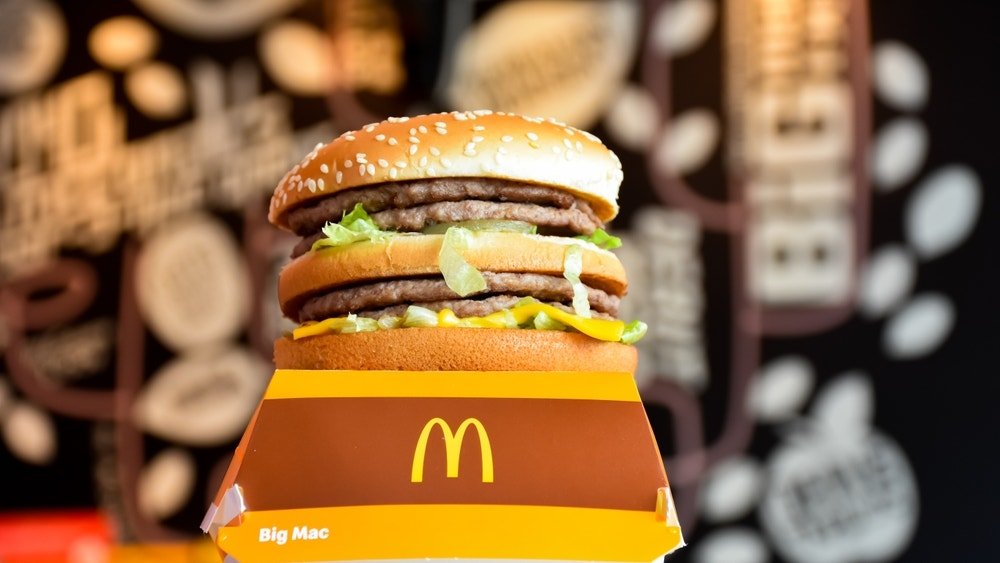Treasury’s action “is more symbolic than anything at this point and aimed at Trump’s hard core political base that he will need to shore up now that the economy is broadly decelerating in part due to the trade conflict,” said Joe Brusuelas, chief economist at RSM. “Moreover, it marks the start of a process that my end in the Trump administration attempting to devalue the dollar.”
That possibility was also on the minds of other economists, given Trump’s concern that the strength of the dollar hurts the United States in international trade by making its exports more expensive.
“China will view this as unjustified and, therefore, is likely to retaliate, thereby signaling further tension escalation,” said Mohamed A. El-Erian, chief economic adviser at Allianz. “It signals a new step in the weaponization of economic instruments, also raising the probability of both trade and currency wars.”
Some fear a replay of the disastrous replay of U.S. actions under the Smoot-Hawley Tariff Act in the 1930s and tit-for-tat responses by other countries that many blame for prolonging the Great Depression.
“No doubt about it: We witness the two largest economies in the world in full economic, trade, currency war and this gets worse before it stabilizes,” David Kotok, chairman and chief investment officer at Cumberland Advisors, said in an email. “Recession risk rising. Smoot-Hawley replay is now underway.”
The U.S. move came after Beijing fired back at Trump’s decision to slap tariffs on more Chinese goods by halting purchases of U.S. farm products and letting its currency weaken to 7 yuan to the dollar.







